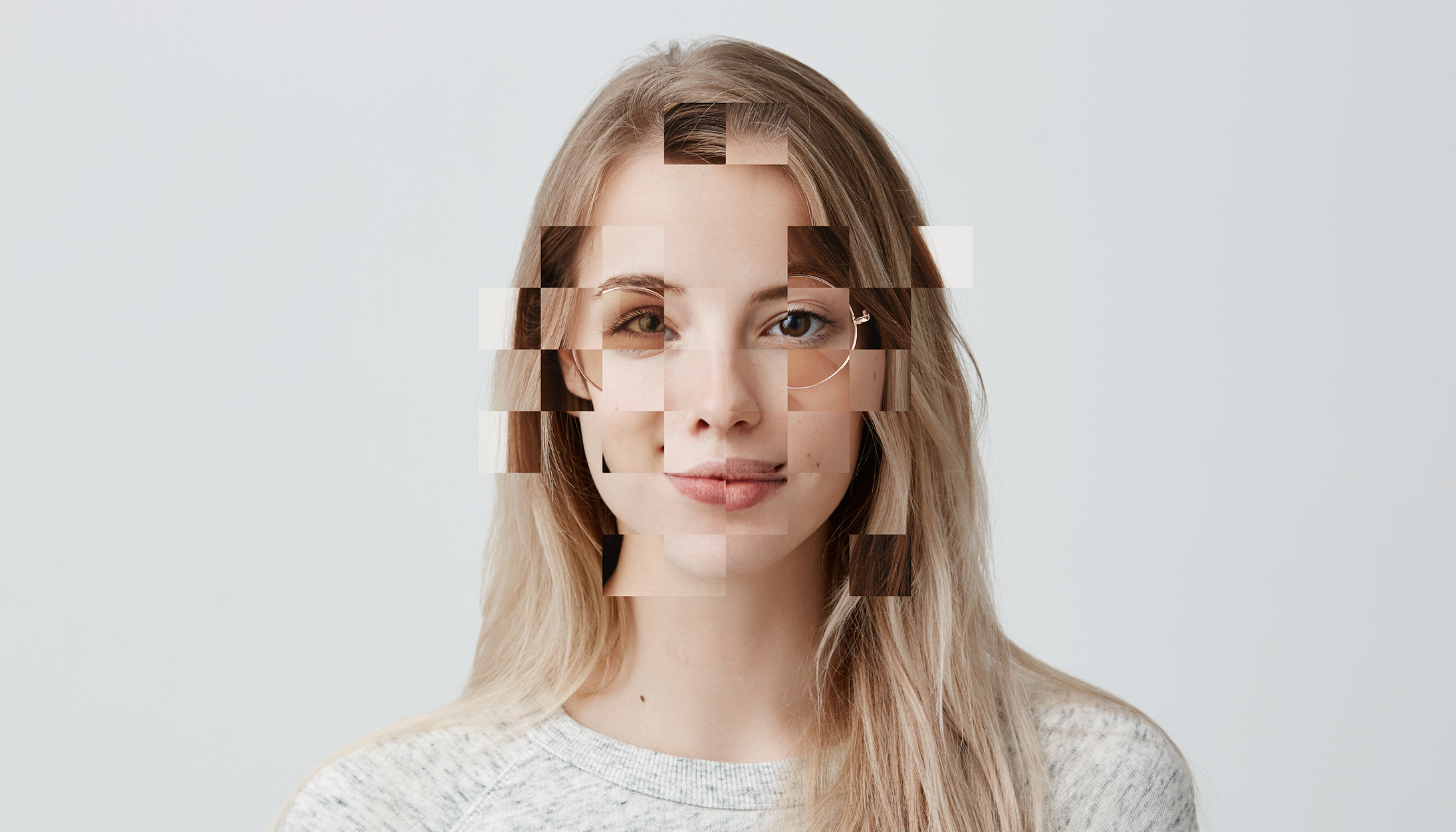Liveness is the technology that makes it possible to determine if the interaction with the device is being carried out by a genuine and physically present person.
Prior to the appearance of biometrics, efforts were focused, -through the Turing test-, on distinguishing whether communication was occurring with artificial intelligence or with a real person. Today, with liveness, the opposite process occurs: It is artificial intelligence that must verify that the person with whom it interacts is who they claim to be.
In 2001, Dorothy E. Denning coined the term ‘Liveness’ in her article ‘Why I Love Biometrics. It’s “liveness,” not secrecy, that counts,’ published in Information Security Magazine. In this document she stated that a good biometric system should not depend on encryption, but rather on validating proof of life with the information collected. The vision of this article, which proved to be two decades ahead of its time, has become one of the cornerstones of the philosophy behind these systems.
Within liveness there are two models: Active and Passive, which, contrary to what we might intuit, is the more advanced and sophisticated of the two.
Active liveness uses movements or changes in the user’s expression; actions such as nodding, blinking, smiling, or placing their face within a frame presented by the application. While this technology can prevent simple identity theft; unfortunately, it falls short in more sophisticated operations, and cybercriminals have already found ways to trick these systems. The movement patterns are very predictable, and hackers can create videos with superimposed photos of the different gestures requested by the tool, tricking the technology.
Therefore, it is desirable that the user does not have to do anything in particular to be recognised -and this is where passive liveness comes to the fore. This technology is capable of distinguishing whether the user is a genuine person, without them having to carry out any type of interaction. It also stands out for being a more robust method of defence against an identity theft attempt, since it establishes additional controls to ensure that the selfie is not a video and that the person accessing it is genuine and conscious. The end user does not know what this technology actually does, which makes it unpredictable and therefore more secure. In addition, it solves issues of friction by not demanding anything in particular, resulting in a much more pleasant user experience.
The advantages of one model over another are clear and for this reason, more and more companies are looking to integrate solutions that incorporate passive liveness into their processes, seeking greater security as well as a better user experience.






